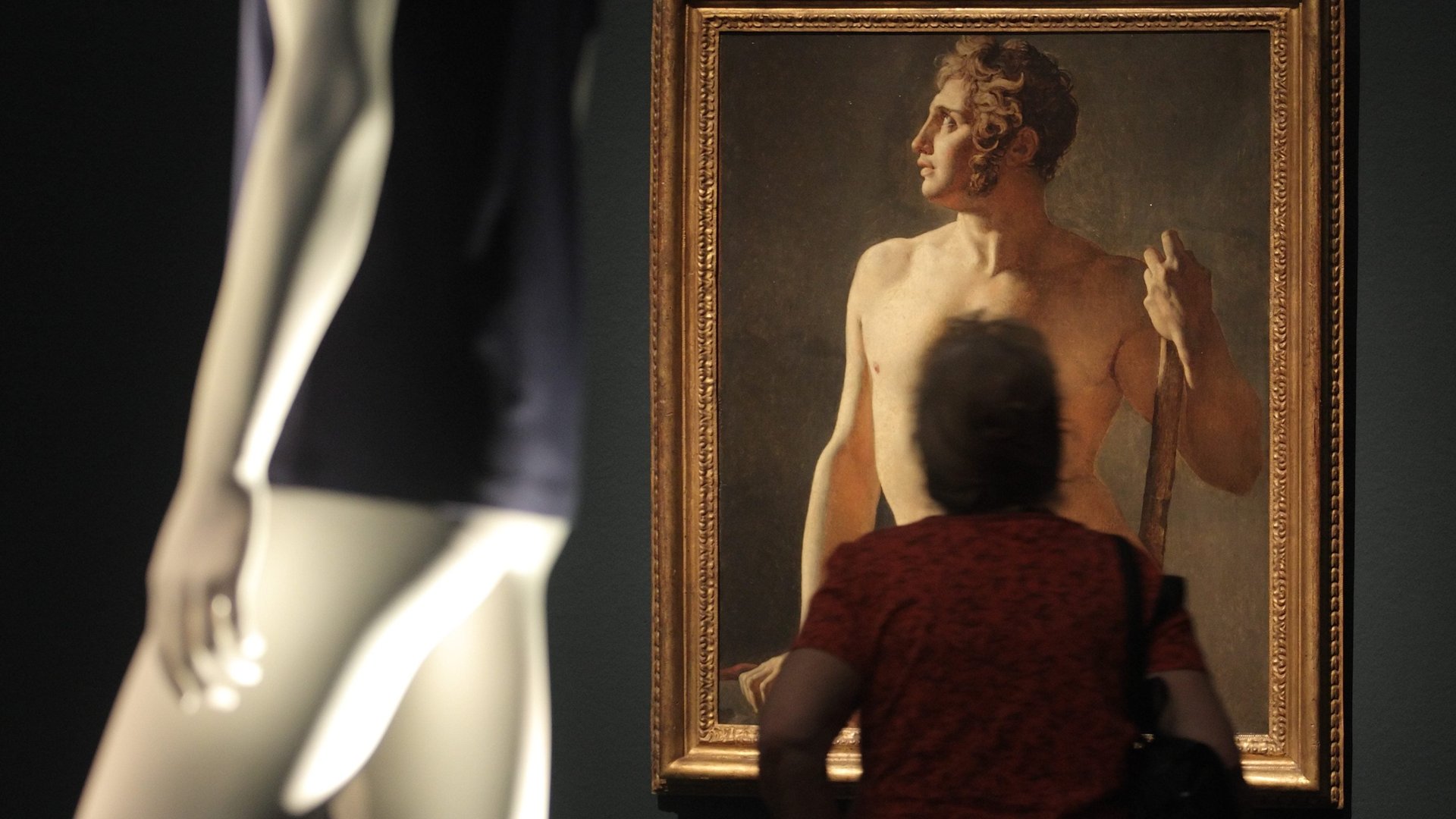Vienna’s museums are moving their censored nude images to OnlyFans
Social media is not very discerning when it comes to nude art. Often, mainstream online platforms can’t seem to tell the difference—or won’t—between a piece like Francisco de Goya’s Nude Maja and a Playboy centerfold.


Social media is not very discerning when it comes to nude art. Often, mainstream online platforms can’t seem to tell the difference—or won’t—between a piece like Francisco de Goya’s Nude Maja and a Playboy centerfold.
But art museums in Vienna have found a clever way to display their nude collections online without tripping any alarms or threatening their museum accounts: Starting an OnlyFans account. The Vienna Tourist Board, working on the museums’ behalf, is now displaying nude art on the platform, which is mostly used by sex workers.
This feeds into a broader fight about where to draw the lines between pornography and art—and whether any lines are worth drawing at all. OnlyFans, which handled $2 billion in sales in 2020, has felt the pressure itself. Earlier this year, it announced it would ban “sexually explicit” content, citing pressure from banks and payment companies. But after its community of sex workers protested, it reversed course, a classic example of the power and fickleness of online platforms.
Blocked and reported
The Vienna Tourist Board said its museums have faced a litany of online challenges. After the Natural History Museum Vienna posted images of the Venus of Willendorf, a 25,000-year-old Paleolithic limestone figurine, Facebook deleted the images and called them pornographic. The Albertina Museum had its TikTok account suspended in July for showing nudes from the Japanese artist and photographer Nobuyoshi Araki, CNN reported. And the Leopold Museum, which houses modern Austrian art, has struggled to advertise on social media because of the bans on nudity.
Even advertising the new OnlyFans account on other social media proved difficult, the board said. Twitter rejected links to the board’s website because it linked out to the OnlyFans account. (Twitter allows nudity on its platform as long as the account and images are labeled as such.) Facebook and Instagram only allowed ads featuring the Venus of Willendorf and a nude painting by Amedeo Modigliani after the tourist board explained the context to the platforms, but other images by artists Egon Schiele and Peter Paul Rubens were rejected.
Facebook generally restricts nudity on its platform, but claims its attitude has become “more nuanced over time” and has stated it understands there may be artistic, educational, or medical reasons for sharing images containing nudity. The company was criticized in 2016 when it removed the Pulitzer Prize-winning “Napalm Girl” photograph, which depicts a naked young girl running away from a napalm attack during the Vietnam War.
Anyone who buys a subscription to the tourism board’s new OnlyFans account, which is priced at $3 per month, will receive a Vienna City Card, which provides free public transit and discounts in the city, or a free ticket to a participating museum. OnlyFans allows creators to sell subscriptions directly to customers who can then access photos, videos, or other media.
Challenging social media
At the heart of this campaign is a challenge to the status quo online, which the tourism board says errs too far on the side of censorship. “We question how much nudity we can tolerate and who can determine what we find offensive,” said Norbert Kettner, Vienna Tourist Board director, in a statement. “Nude art is a socio-political and artistic part of cultural history.”
Social media companies might be quick to remove nude images in part because of the threat of SESTA-FOSTA, a US anti-sex trafficking law that undercuts legal liability protections for platforms found to be facilitating sex trafficking in any way. This law has made platforms more eager to remove sexual content of all kinds, said Jillian York, the director for international freedom of expression at digital rights group Electronic Frontier Foundation.
But image recognition technology is becoming advanced enough to be able to tell between nude images and explicit sex acts, she added, so social media should be better at distinguishing artistic nudes and rule-breaking content.
Moreover, she thinks that social media companies should not be in the business of censoring non-explicit images of the human body in most cases—in art or otherwise—because it wrongly equates nudity with sexuality. “Yes, art is important,” York said, “but who decides what art is?”
“What is art?” may be an impossible question to answer, but social media companies could trust museums and other art institutions to determine what nudes are appropriate for the platform. Until that happens, the world’s museums and art houses can at least show their work on OnlyFans.